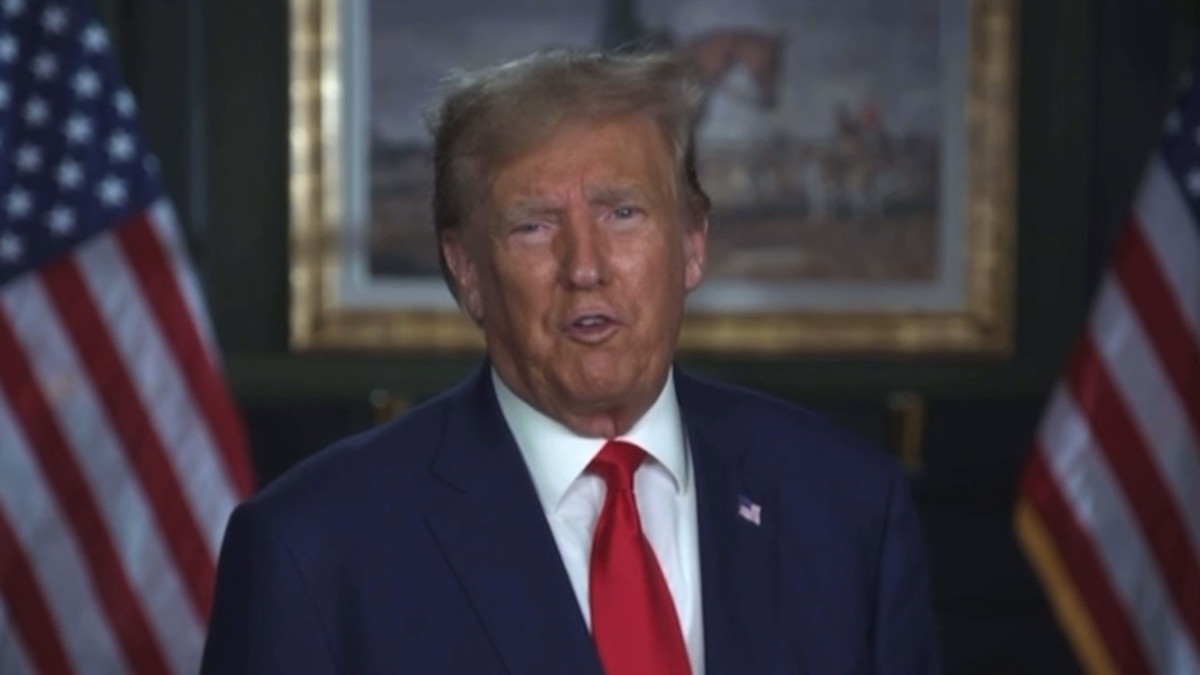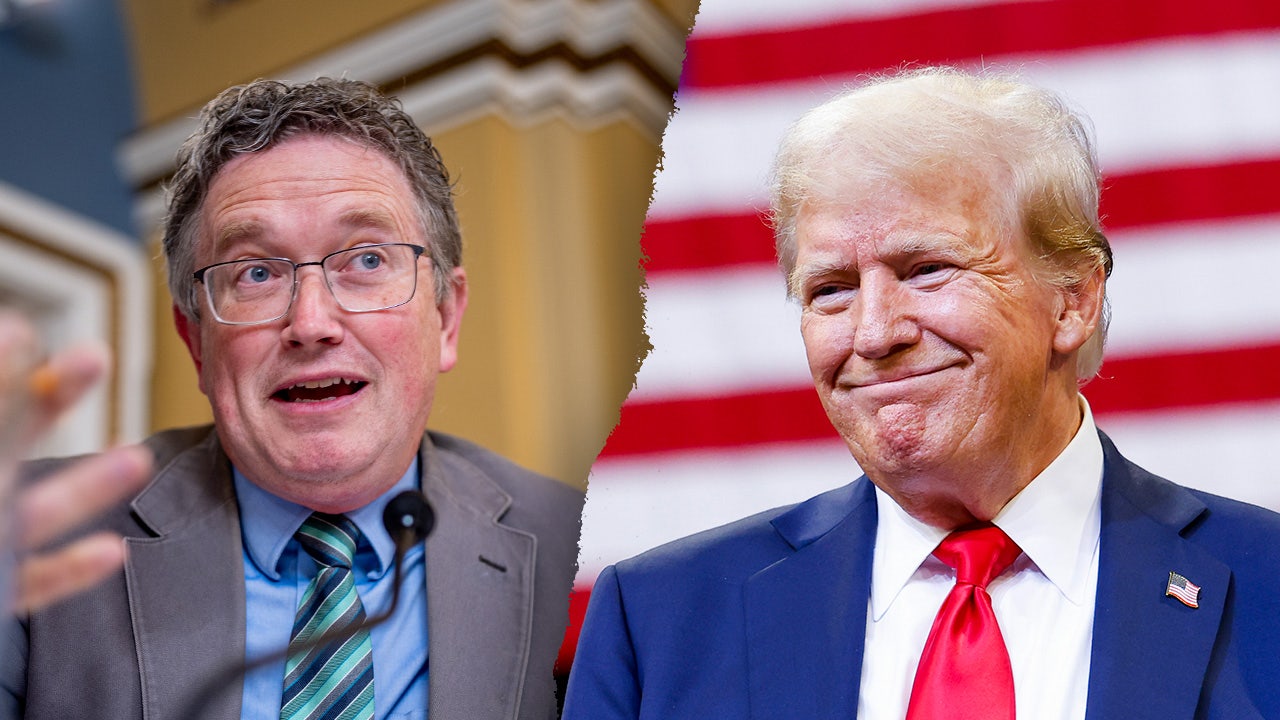The Trump Department of Education under the leadership of Betsy DeVos implemented transformative policies that reshaped the American education system. These changes sparked both praise and controversy, leaving a lasting impact on students, teachers, and educational institutions. This article delves into the key policies introduced during the Trump administration and their implications for the U.S. education sector.
During the presidency of Donald Trump, education reform became a focal point of his administration. The Department of Education, led by Secretary Betsy DeVos, pursued an aggressive agenda aimed at promoting school choice, reducing federal oversight, and redefining the role of public education in America. This approach marked a significant departure from previous administrations.
This article will explore the policies enacted by the Trump Department of Education, analyze their impact on various stakeholders, and assess the long-term legacy of these reforms. By examining both the successes and challenges, we aim to provide a comprehensive understanding of how the Trump administration reshaped education in the United States.
Read also:What Is Norah Odonnell Doing Now A Comprehensive Look At Her Career And Current Projects
Table of Contents
- Overview of Trump's Education Policies
- Betsy DeVos: The Driving Force
- Promoting School Choice
- Reducing Federal Regulations
- Revisiting Title IX Policies
- Student Loan Reforms
- Impact on Public Schools
- Higher Education Initiatives
- Controversies and Criticisms
- The Long-Term Legacy
Overview of Trump's Education Policies
Upon taking office in 2017, President Trump set out to revolutionize the American education system. His administration emphasized the importance of empowering parents and students with greater choices in their educational journeys. The Trump Department of Education sought to reduce federal intervention while promoting alternatives to traditional public schools.
Key Policy Initiatives
Several key initiatives were introduced during the Trump era:
- Promotion of charter schools and voucher programs
- Relaxation of federal regulations on schools
- Reforms to Title IX and student loan programs
These policies aimed to increase flexibility for educational institutions and provide more options for families seeking alternative educational pathways.
Betsy DeVos: The Driving Force
Betsy DeVos, appointed as Secretary of Education, played a pivotal role in shaping the Trump administration's education agenda. Her advocacy for school choice and privatization aligned closely with the president's vision for transforming the education landscape.
Biography and Background
Before joining the Trump administration, DeVos was a prominent figure in education reform efforts. Her extensive experience in philanthropy and advocacy for school choice made her a controversial yet influential figure in the education sector.
| Full Name | Betsy DeVos |
|---|---|
| Position | U.S. Secretary of Education (2017-2021) |
| Key Focus | School choice, privatization, and reducing federal oversight |
Promoting School Choice
One of the hallmark policies of the Trump Department of Education was the promotion of school choice. This initiative encouraged families to explore alternatives to traditional public schools, including charter schools, private schools, and homeschooling.
Read also:Rick Owens Age A Comprehensive Look At The Life And Career Of The Iconic Designer
Benefits of School Choice
Proponents of school choice argue that it:
- Empowers parents to select the best educational environment for their children
- Encourages competition among schools, leading to improved quality
- Provides opportunities for underserved communities
However, critics contend that school choice can exacerbate inequality by diverting resources away from public schools.
Reducing Federal Regulations
The Trump administration prioritized reducing federal regulations on schools, arguing that local control would lead to more effective and efficient educational outcomes. This approach sought to empower states and districts to tailor their education policies to meet the unique needs of their communities.
Examples of Deregulation
Some notable examples of deregulation included:
- Repealing the Obama-era Every Student Succeeds Act (ESSA) accountability measures
- Loosening restrictions on school discipline policies
While supporters praised these efforts for fostering innovation, opponents expressed concerns about potential negative impacts on student protections.
Revisiting Title IX Policies
Title IX, a federal law prohibiting sex-based discrimination in education, underwent significant changes under the Trump administration. The Department of Education revised guidelines related to sexual harassment and assault, aiming to balance the rights of accusers and the accused.
Key Changes
The revised Title IX policies included:
- Introducing stricter standards of evidence in disciplinary proceedings
- Ensuring due process protections for accused individuals
These changes sparked intense debate among educators, advocates, and students, highlighting the complexities of addressing such sensitive issues.
Student Loan Reforms
Addressing the growing student debt crisis, the Trump Department of Education implemented reforms aimed at simplifying the student loan system and providing relief to borrowers. These efforts sought to improve affordability and accessibility for students pursuing higher education.
Reform Highlights
Key aspects of the student loan reforms included:
- Streamlining loan repayment plans
- Enhancing borrower protections
While these measures were welcomed by many, critics argued that they did not go far enough in addressing the root causes of the student debt crisis.
Impact on Public Schools
The policies enacted by the Trump Department of Education had a profound impact on public schools across the nation. By shifting focus toward school choice and deregulation, the administration raised important questions about the future of public education in America.
Challenges Faced by Public Schools
Public schools encountered several challenges, including:
- Declining enrollment due to increased competition from charter and private schools
- Reduced funding as resources were redirected to alternative education models
Despite these challenges, many public schools adapted by implementing innovative programs and partnerships to remain competitive.
Higher Education Initiatives
The Trump administration also introduced initiatives aimed at reforming higher education. These efforts focused on increasing accountability, reducing costs, and expanding access to vocational training programs.
Focus Areas
Key focus areas for higher education reform included:
- Promoting vocational and technical education
- Encouraging innovation in online learning platforms
These initiatives sought to address the evolving needs of the modern workforce and prepare students for successful careers.
Controversies and Criticisms
The Trump Department of Education faced numerous controversies and criticisms throughout its tenure. Critics argued that many of the policies prioritized privatization at the expense of public education, potentially widening existing disparities.
Common Criticisms
Some of the most common criticisms included:
- Lack of emphasis on equitable access to quality education
- Potential negative impact on marginalized communities
Despite these criticisms, supporters maintained that the reforms were necessary to modernize and improve the education system.
The Long-Term Legacy
The legacy of the Trump Department of Education will be shaped by the lasting impact of its policies on the American education system. While some initiatives have been celebrated for promoting innovation and choice, others have been met with resistance due to concerns about equity and access.
Looking ahead, it will be crucial to evaluate the long-term effects of these reforms and determine how they align with the evolving needs of students, educators, and society as a whole.
Conclusion
The Trump Department of Education implemented a range of transformative policies that reshaped the American education landscape. From promoting school choice to revisiting Title IX policies, these reforms sparked both praise and criticism. As the education sector continues to evolve, it is essential to build upon the lessons learned during this period to create a more inclusive and effective system for all learners.
We invite you to share your thoughts and experiences in the comments below. Additionally, feel free to explore other articles on our site for further insights into education and related topics.


